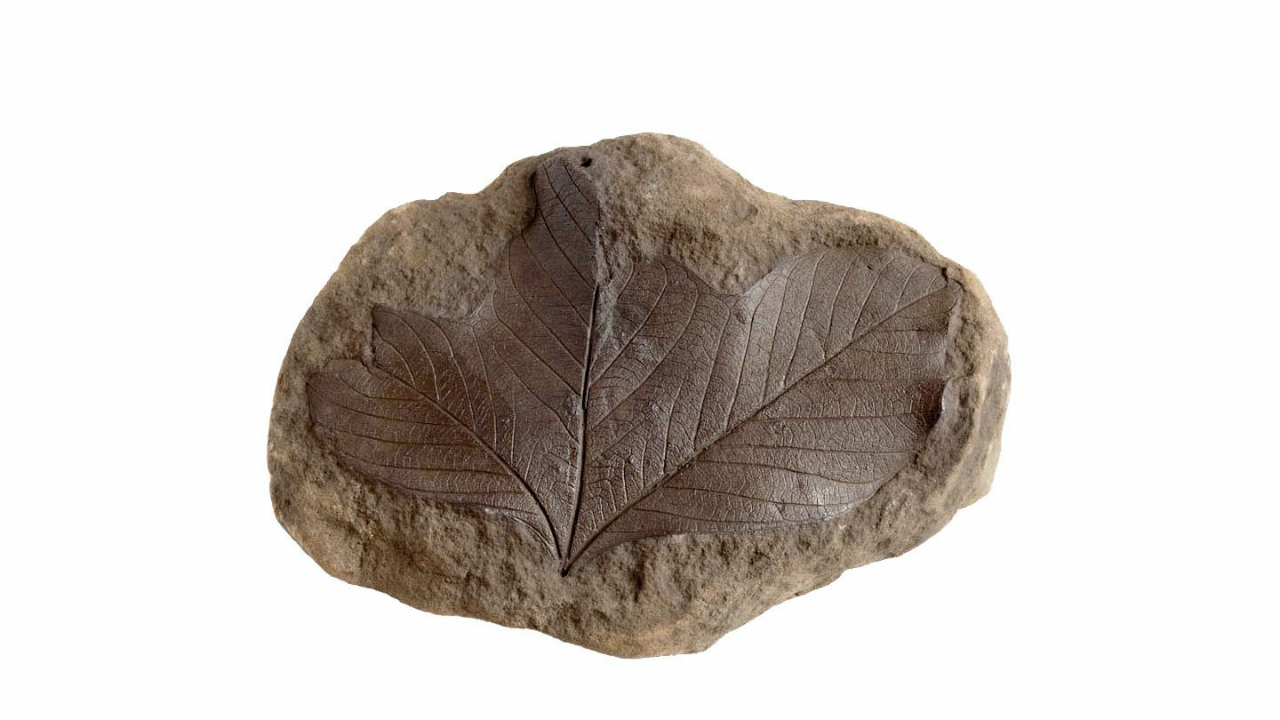ANGIOSPERMS MORPHOLOGY
In this section we are going to discuss about the root and shoot systems of angiosperms
Introduction
Angiosperm plants are the plants which produce flowers. Like all other category of plants angiosperm plants have there on morphological and anatomical features . We can clearly distinguish whether the plant is gymnosperm or angiosperm.
ROOT SYSTEM
Root system is positively geotropic, Which gross towards the earth. Features of root system is broadly classified into two categories namely
TAPROOT & ADVENTITIOUS ROOT
TAPROOT
Breathing roots
This type of rules are the breathing roots. Help to gaseous exchange. Eg : pneumatophores
Storage roots
In tab root system there are mainly 4 types of food storage is occurs namely
*Conical
*Fusiform
*Napiform
*Tuberous
Conical : Conical food storage structures are like cons there for it is called conifers
Eg: carrot
fusiform : Fusiform food storage structures are example for radish
Napiform : this type of storage is example for beetroot.
Tuberous : tuberous food storage structures are like tubers
Eg: Mirabilis jalapa
Mechanical support
*Prop root
*Stilt root
*Climbing roots
*Clinging roots
Proproot: prop roots are well known for mechanical support the roots we find in ficus plant is a best example for this
Stiltroot: Stilt roots are aerial adventitious roots which grow obliquely downwards from basal nodes of the main stem and fix firmly to the soil.
Eg: Rhizophora
Climbing roots: Climbing roots are the adventitious roots that arise from the nodes or internodes in plants having weak stems. These roots help the plants in climbing
Eg: pepper
Clinging root: Clinging root : These are non-absorptive adventitious roots which are found in climbers
Eg: vanda
Nutritional purpose
*Haustoria
*Assimilatory root
*Velamen root
Haustoria:
A specialized, modified root of parasitic plants that penetrates into a host plant and functions to acquire necessary nutrients from the host plant they attached
Eg: Loranthus
Assimilatory root : Green colour and perform photosynthesis are called as assimilatory roots
Eg: Tinospora
Velamen root : made up of nonliving compact cells with lignified strips of secondary walls. These cells provide support, prevent water loss, and assist the plant in absorbing water.
Eg : vanda
Food storage
*Tuberous
*Fasciculated
*Monilifor
*Nodulous
*Anulated
Tuberous : This type of root is an enlarged fleshy root modified as a storage organ
Eg: Sweet potato
Fasciculated : The swollen roots or root tubers occur in clusters. In Dahlia they lie at the base of the stem
Eg: Dalia
Moniliform : This kind roots are swollen at regular intervals
Eg: Indian spinach
Nodulous: Nodules are formed while storing food on adventitious roots
Eg: Turmaric
Anulated: These thickened roots possess a series of ring-like swellings
Eg: Psychotria
FUNCTIONS OF ROOR SYSTEM
Primary functions :
* Absorption of water and minerals
* Conduction of water and food
* Storage of food
Secondary functions :
* Gaseous exchange
* Climbing
* Moisture absorption
* Photosynthesis
* Flotation
SHOOT
Shoot system is negatively geotropic. Which grows vertically upwards. Supports stem, leaf, fruit,seeds and buds
Stem morphology :
Strong & week stem
Strong stem
* Support
* Maintain weight
Week stem
* Creepers
* Climber's
* Tendril climbers
* Thorn climbers
* Hook climbers
* Root climbers
* Linais
LIFE-SPAN
* Epimerals:
Life cycle company complete within several weeks
Eg: Capsella
* Annuals:
Life cycle complete in a week or a season
Eg: paddy
* Biennials:
Life cycle complete into seasons of 2 years
Eg: Radish, Carrot
* Perennials :
Life cycle complete several years . Flower bears and fruit produce each year
Eg: mangi tree
* Multiennials:
Life cycle complete by several years and do not produce flowers every year
MONOCARPIC PLANT
These are the plants which grows many years and produce flowers onece in the life cycle and die after the production of seeds
Eg: Bamboo
Habit
Herb
Shrub
Tree
Tree are then classifed in to 4 types
* Caudex
Eg: Coconut tree
* Excurrent
Eg: pine tree
* Deliquescent
Eg: ficus tree
* Culm
Eg: Bamboo
Branching
Monopodial: long rangers are arranged in the bottom parts of the plant and smaller branches are in the top of the plant
Eg: pine tree
Sympodial : distinct Orange mint is a regular branching
Eg: mango tree
MODIFICATIONS
UNDERGROUND STEM MODIFICATION
* Rhizome
Eg: Ginger
* Stem tuber
Eg: potato
* Cons
Eg: Yam
* Bulbs
Eg: Onion
SUBAREAL STEM MODIFICATION
* Runner
Eg: centella
* Offset
Eg: Eichhornia
* Sucker
Eg: Banana
* Stlons
Eg: Colocasia
AERIAL STEM MODIFICATION
* Tendril
Eg : pea
* Thorn
Eg: bougainvillea
* Phylloclade
Eg: Opuntia
* Cladode
Eg: Asparagus
* Bulbils
* Psuedo Bulbils
FUNCTIONS
* Support fruit ,flower ,seed
*Transport of minerals , water
* Food storage
* Vegitative propagation
* Transpiration
* Defence mechanism
* Protection
* Photosynthesis
* Mechanical support













Helpful information. Thank you
ReplyDelete